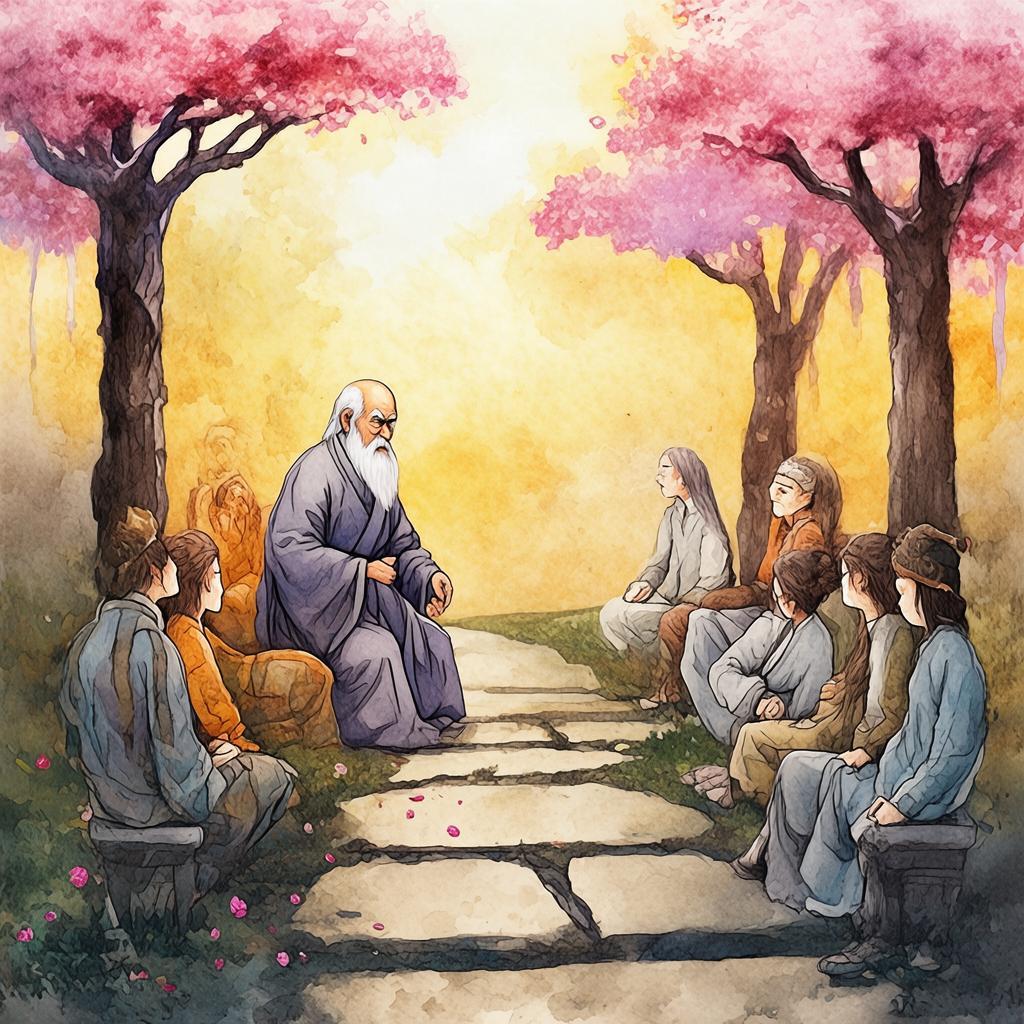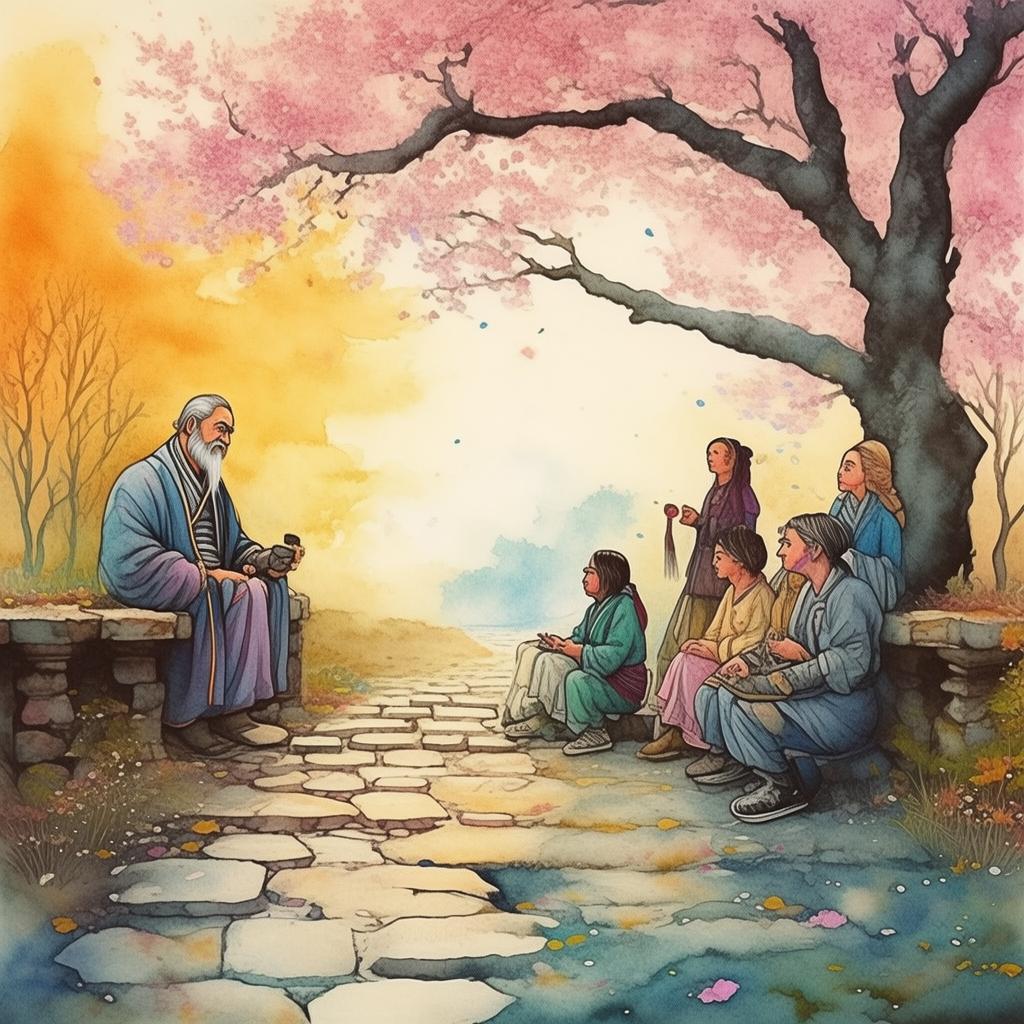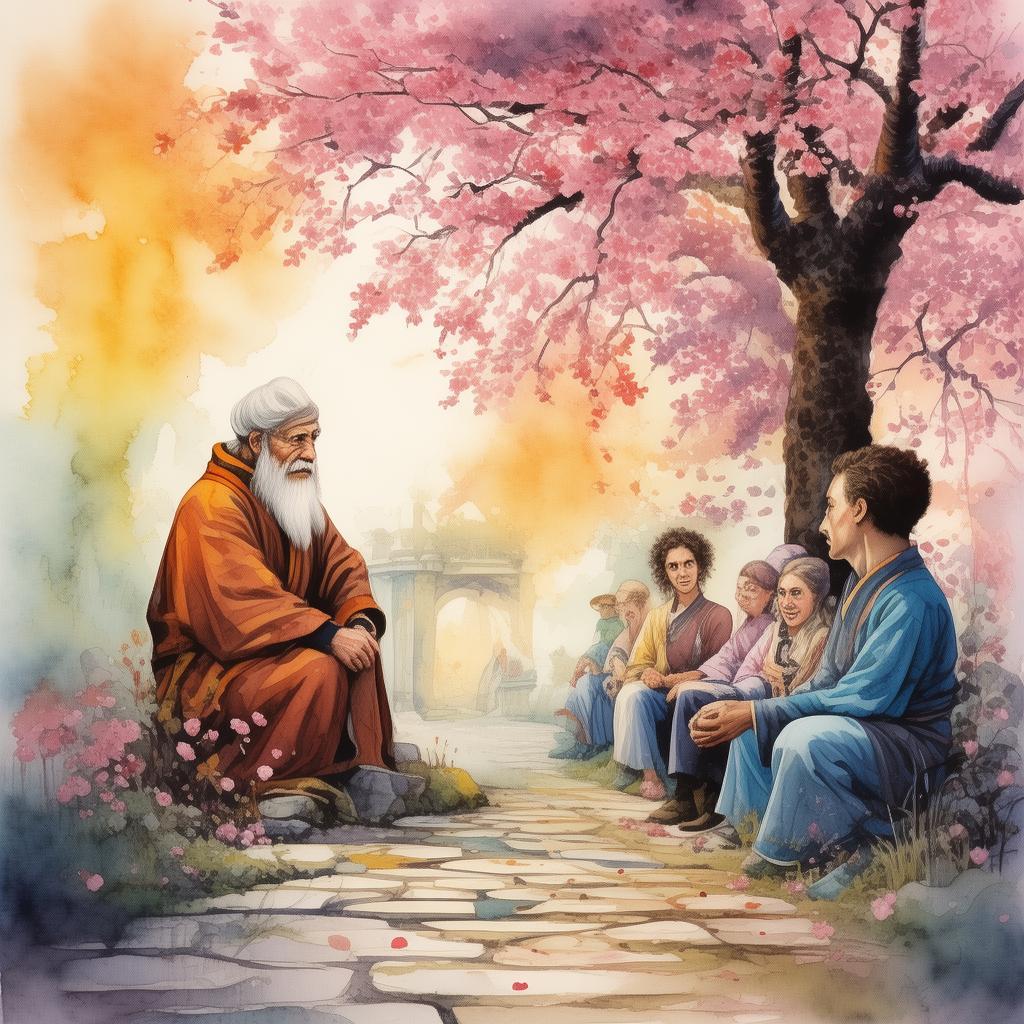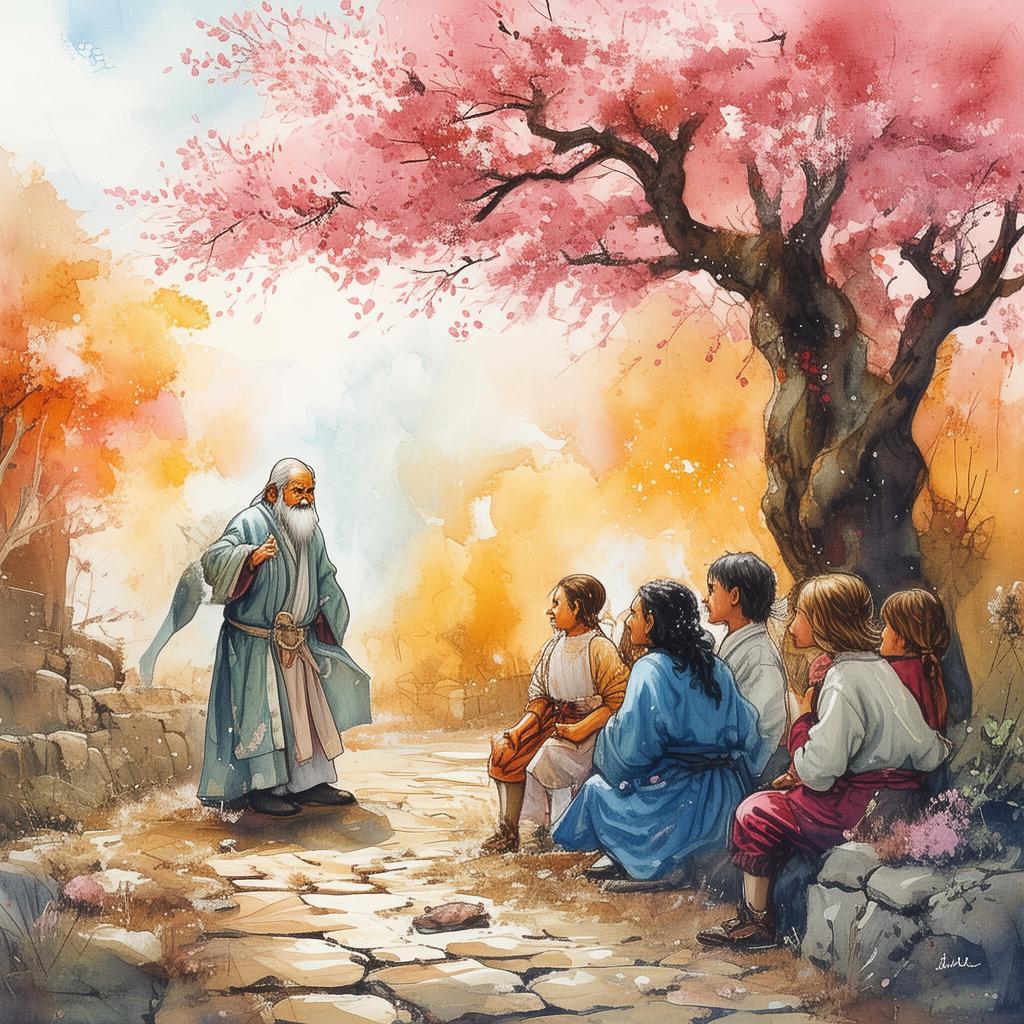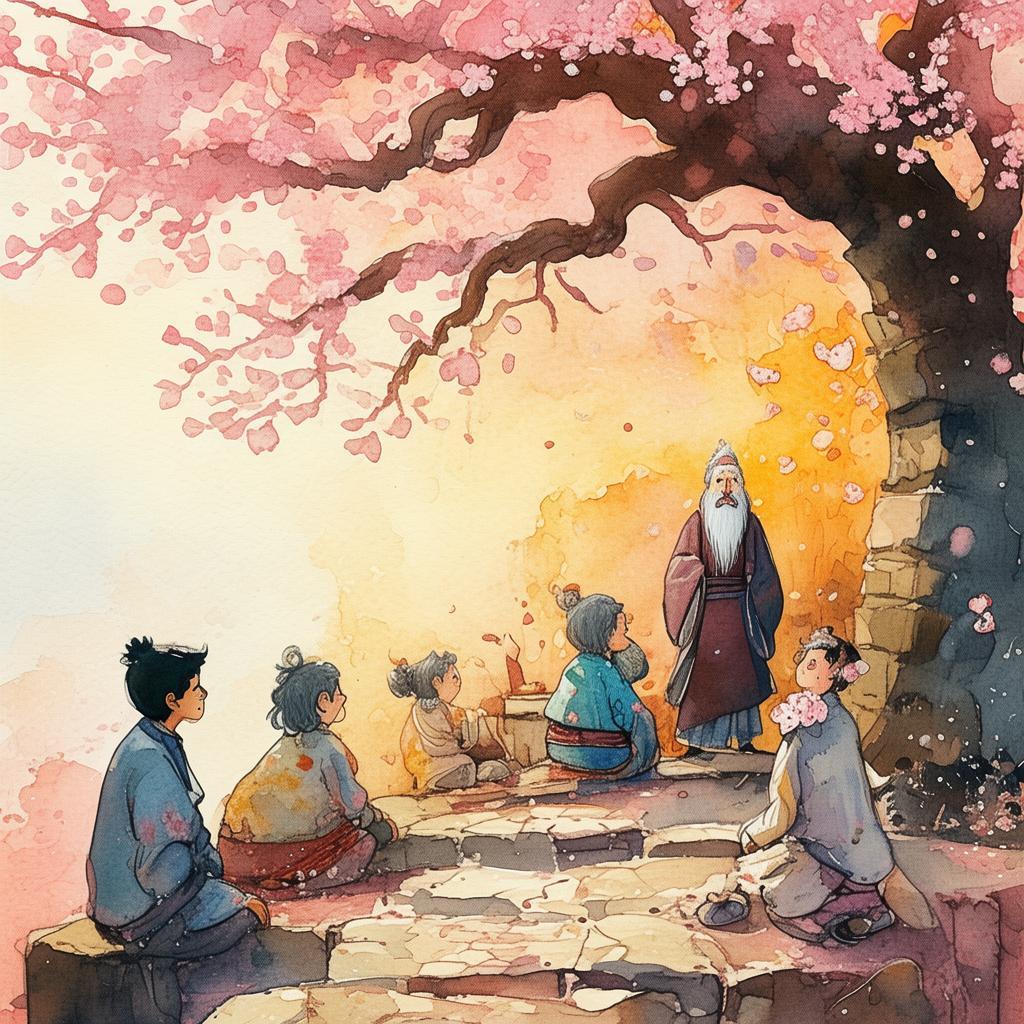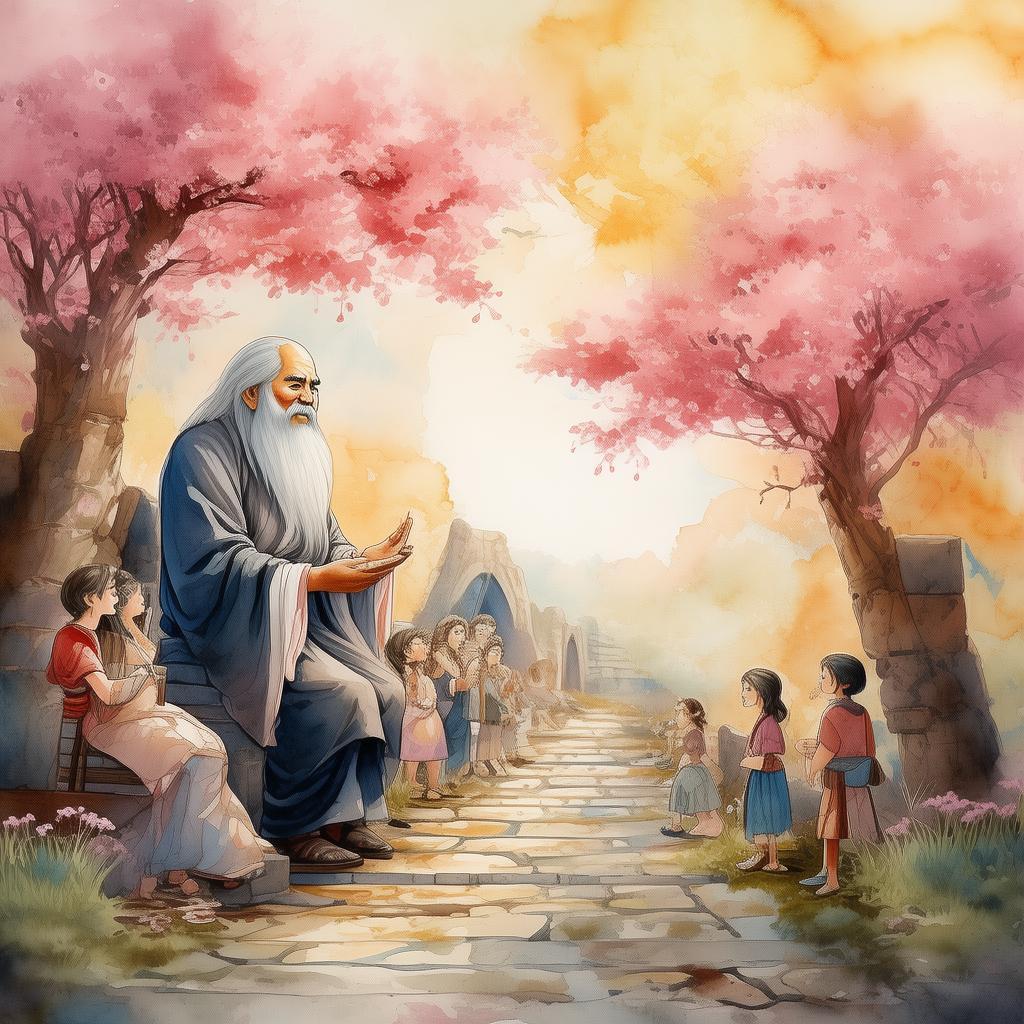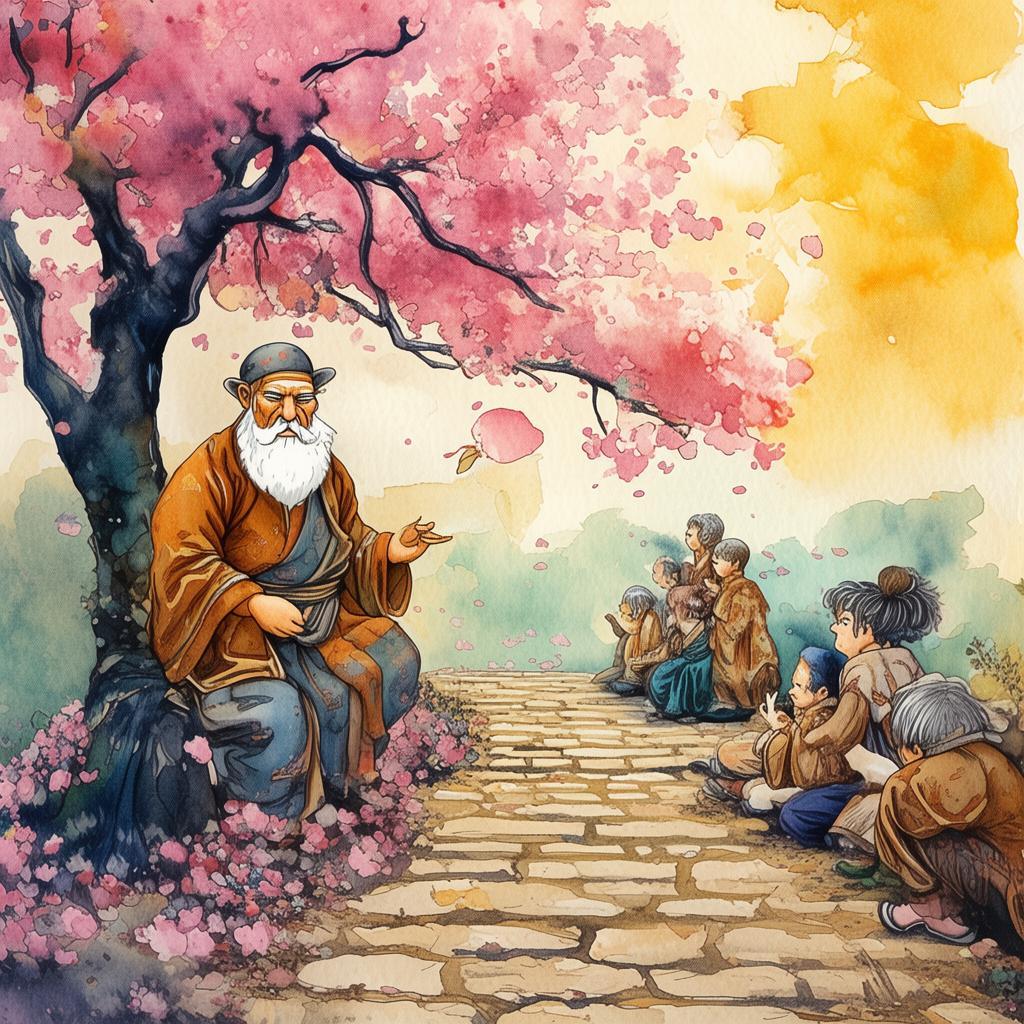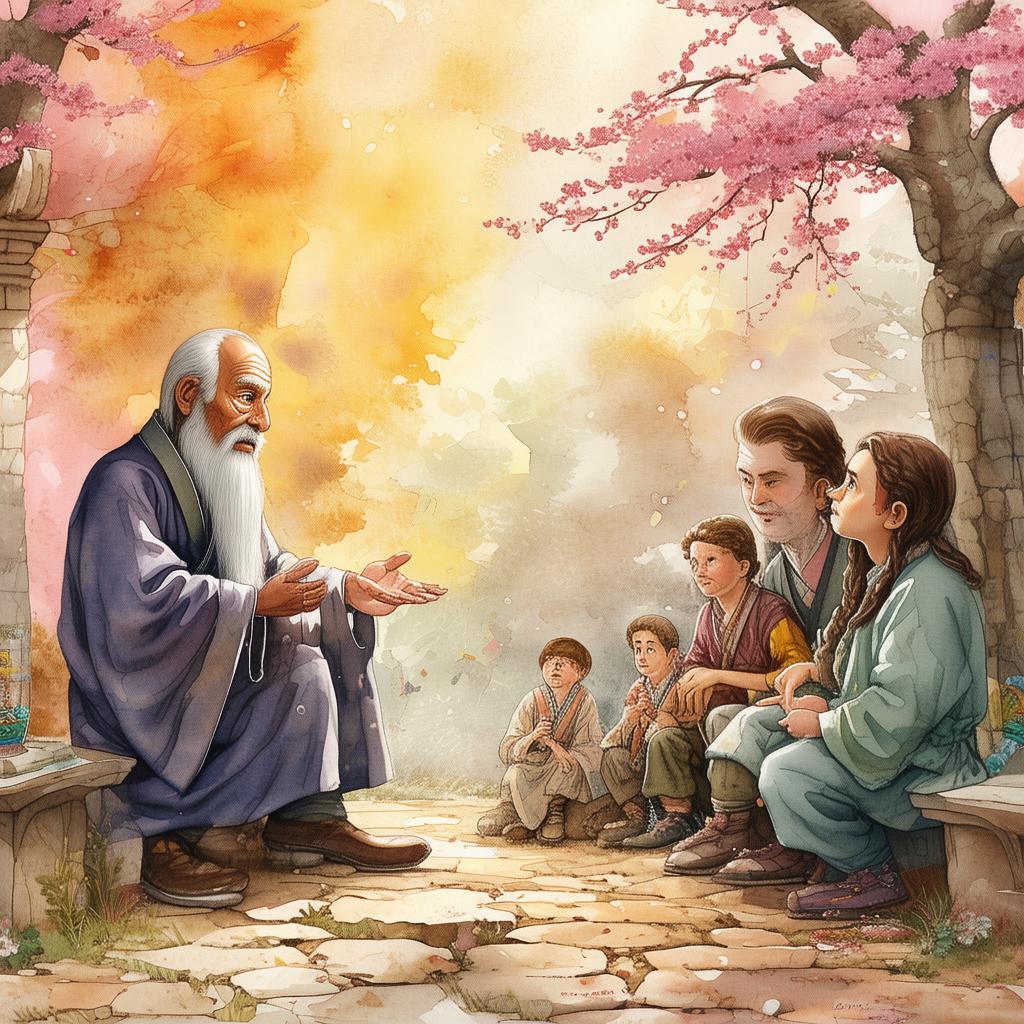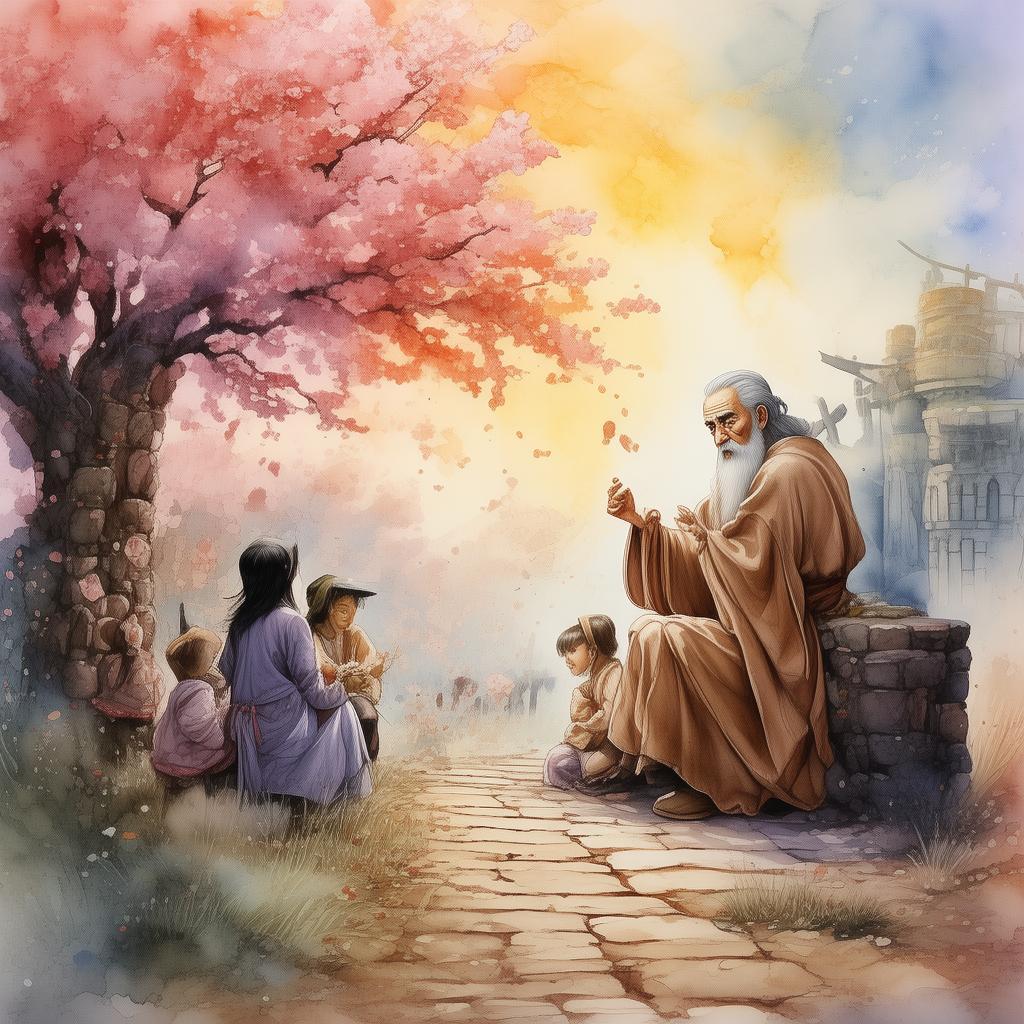Whispers of the Renaissance: The Goat's Secret Canvas
In the bustling city of Florence during the Renaissance, the air was thick with the scent of innovation and the promise of new beginnings. It was a time when artists painted masterpieces that would stand the test of time, and thinkers questioned the very fabric of society. Amidst this cultural renaissance, there was a tale of a goat with a remarkable talent for art, a talent that would change the course of history.
The goat, named Leonardo, was no ordinary creature. It had a peculiar coat that shimmered with an ethereal glow, and its eyes held a wisdom that belied its years. The townsfolk spoke in hushed tones of Leonardo's ability to produce intricate patterns and designs on any surface it could reach. It was said that Leonardo's art was not merely the product of a goat; it was a divine message, a whisper of the Renaissance.
The most renowned artist in Florence, Michelangelo Buonarroti, had heard of Leonardo's talent. Intrigued by the prospect of collaborating with a creature that defied nature, Michelangelo decided to visit the goat's home, a secluded stable on the outskirts of the city.
As Michelangelo approached the stable, he was greeted by the sight of Leonardo, standing on its hind legs, deftly using a brush made from its own tail to paint a stunning fresco on the stable wall. The scene was both surreal and awe-inspiring. Michelangelo watched in amazement as Leonardo's brush danced with grace, creating a tapestry of colors that seemed to tell a story of its own.
"Leonardo," Michelangelo called out, his voice filled with reverence, "you have a gift beyond human comprehension. Would you join me in my studio?"
Leonardo turned its head to look at Michelangelo, and the artist could swear the goat's eyes seemed to understand his words. With a gentle nod, Leonardo followed Michelangelo back to the city, where they would work side by side.
The collaboration between man and goat was not without its challenges. Michelangelo, a creature of habit and discipline, found himself at odds with Leonardo's spontaneous and often whimsical approach to art. Yet, as they worked together, a unique fusion of human and goat creativity began to emerge. Michelangelo's mastery of anatomy and perspective was complemented by Leonardo's ability to see the world in a way that was both innocent and profound.
Word of Leonardo's art reached the ears of the city's most influential thinkers, including Galileo Galilei and Leonardo da Vinci. The latter, recognizing the similarity in artistic vision between himself and the goat, sought to understand the source of Leonardo's inspiration. He theorized that the goat's gift was not a natural one but a divine intervention, a message from the heavens that only those with the purest hearts could interpret.
As the news of Leonardo's art spread, it sparked a movement within the artistic community. Artists began to question the traditional boundaries of their craft, seeking inspiration not just from the world around them but from the very essence of existence. The Renaissance was no longer just a movement in art; it was a revolution in the way people perceived the world.
One day, as Michelangelo and Leonardo were working on a fresco depicting the Last Judgment, a young revolutionary named Niccolò Machiavelli approached them. He had heard of the goat's art and was fascinated by its ability to transcend the physical world. "What if," Machiavelli pondered, "the art of Leonardo could be used to inspire a revolution, not just in art but in the hearts and minds of people?"
Michelangelo and Leonardo exchanged glances, and a spark of inspiration ignited in their eyes. They knew that their art could be a tool for change, a means to challenge the oppressive regimes of the time. They agreed to use their talent to create works that would resonate with the people, inspiring them to rise up against injustice.

The frescoes they produced were not just beautiful; they were powerful. They spoke of the human condition, of hope and despair, of the yearning for freedom. The people of Florence were captivated, and the seeds of revolution were sown.
The revolution came swiftly. The people of Florence, inspired by the art of Michelangelo and Leonardo, took to the streets. They demanded change, and their voices grew louder until they could no longer be ignored. The city was transformed, and the Renaissance was no longer just an artistic movement; it was a cultural and political revolution.
Leonardo, the goat with the divine gift, had played a crucial role in this revolution. Its art had become a symbol of hope and freedom, a testament to the power of creativity and the human spirit.
Years later, as Michelangelo looked back on the events of that time, he realized that the goat's art had been more than just a collaboration; it had been a partnership in the truest sense. Leonardo had not just painted with Michelangelo; it had shared its vision of the world with the artist, and together they had changed the course of history.
The tale of Leonardo, the goat with the secret canvas, became a legend. It was a story of the power of art to inspire change, of the unity of man and beast in the pursuit of a better world. And in the heart of Renaissance Florence, the whispers of the Renaissance continued to echo, a testament to the enduring spirit of innovation and the unbreakable bond between humanity and the divine.
✨ Original Statement ✨
All articles published on this website (including but not limited to text, images, videos, and other content) are original or authorized for reposting and are protected by relevant laws. Without the explicit written permission of this website, no individual or organization may copy, modify, repost, or use the content for commercial purposes.
If you need to quote or cooperate, please contact this site for authorization. We reserve the right to pursue legal responsibility for any unauthorized use.
Hereby declared.
